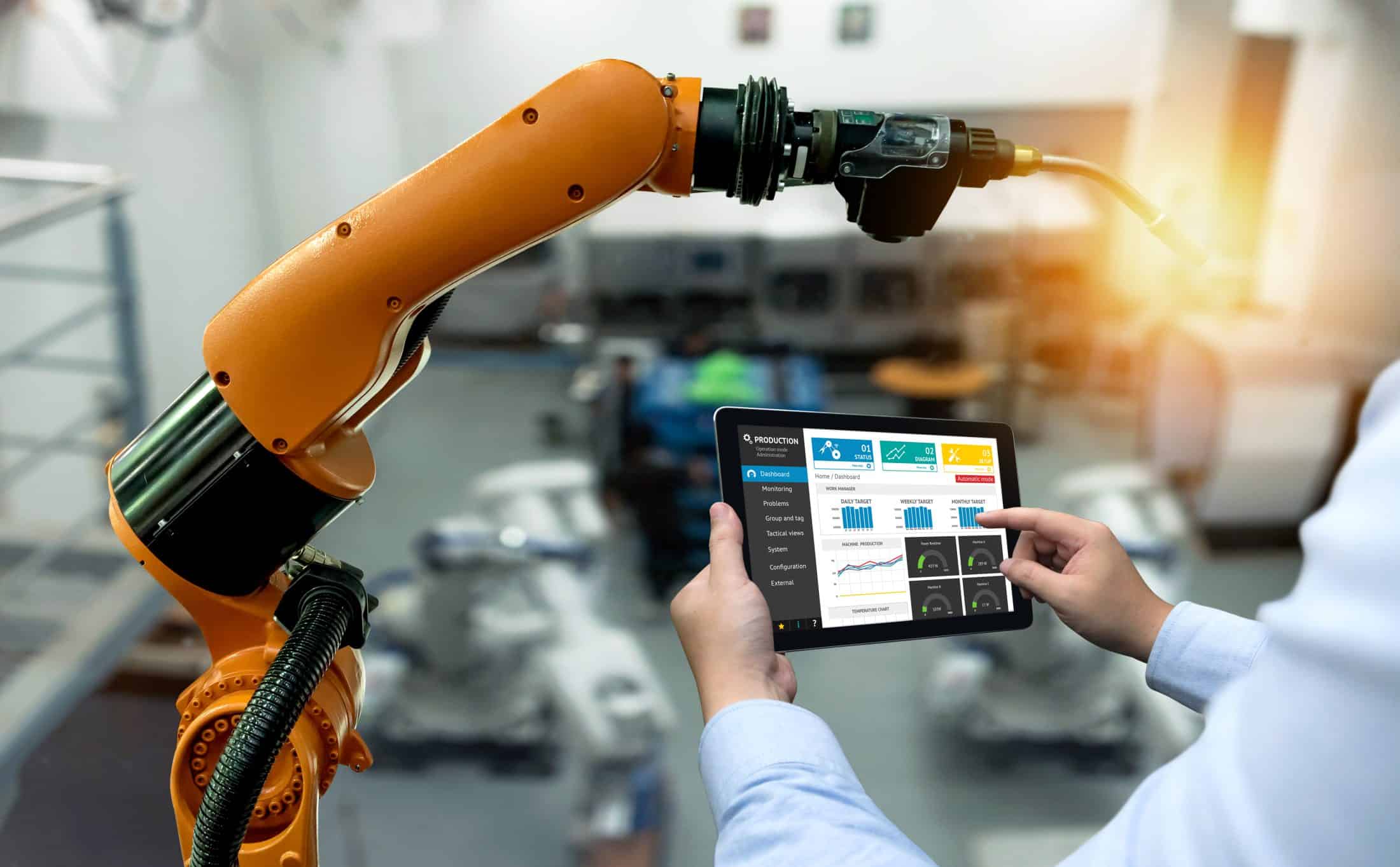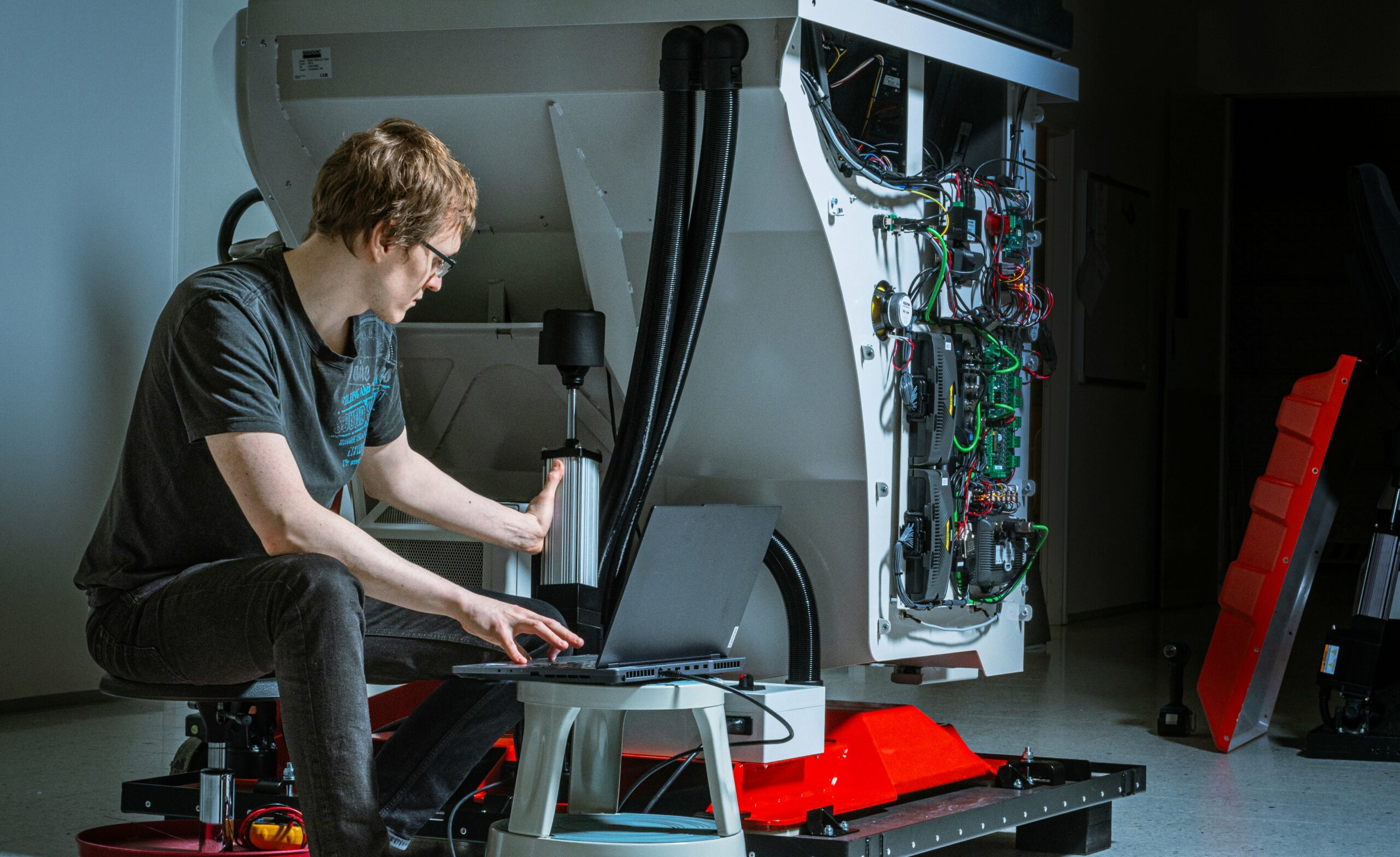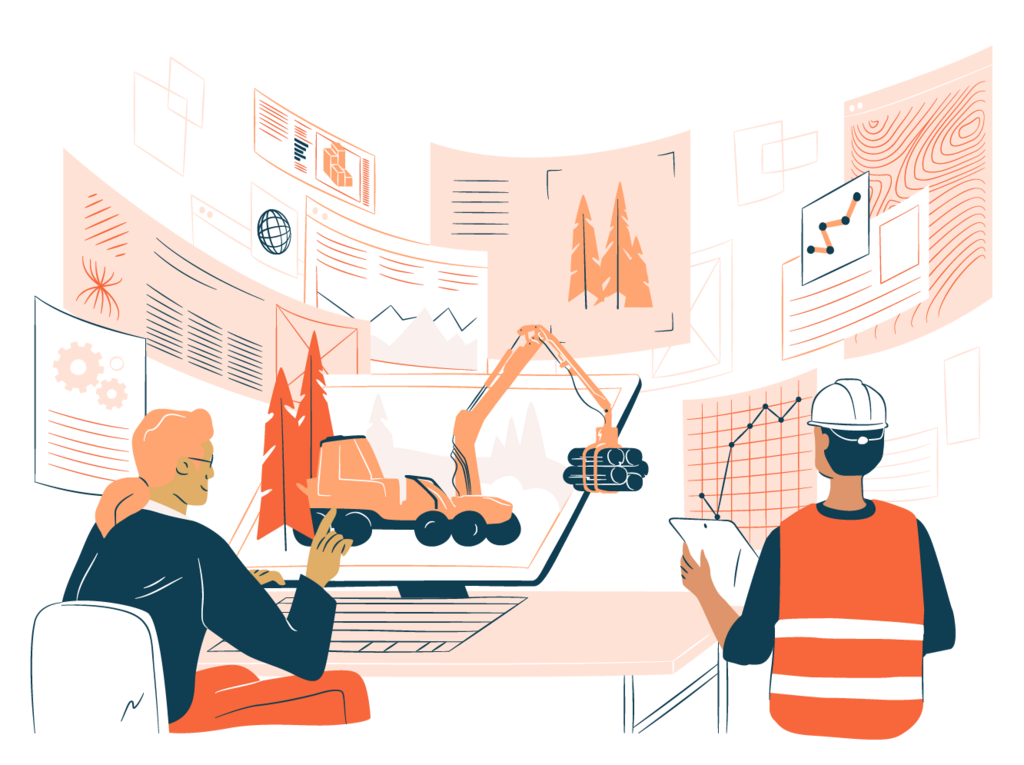As the autonomy of machines increases, the safety criteria become stricter. Functional safety ensures that automatic devices and machines are not a danger to people, other devices, or the environment.
As the autonomy of machines increases, the safety criteria become stricter. Functional safety ensures that automatic devices and machines are not a danger to people, other devices, or the environment.
Functional safety means a feature built into the machine which aims to eliminate or reduce potentially damaging risks. Functional safety involves the requirement of traceability and documentation, i.e. it must be taken into account already in the software design of mobile machines. When it comes to safety, there are always standards and regulations that must be followed. Model-based design perfectly supports these requirements and functional safety in general.
Whether it’s about factory production lines or 20-30 ton forestry machines, everyone can imagine what kind of damage such a machine can cause when acting independently, but for some reason in an unusual way.
The process of ensuring safety
The order of work in the product development of industrial equipment and mobile machines is simplified as follows:
- Hazard and risk mapping
- Definition of requirements for the functionality of the safety system
- Safety system design and validation
Hazard and risk mapping literally means mapping and identifying potentially hazardous situations in advance, as well as defining the associated risks according to, for example, the consequences of the hazard and the probability of occurrence. Primarily, the aim is to find the so-called natural way to avoid danger. This means eliminating the hazard entirely by designing the function differently, for example by replacing a high-voltage electrical function with a lower, non-hazardous voltage level.
If the danger cannot be removed from the system, the risk is reduced by passive methods, such as limiting the access of people to potentially dangerous parts of the system, such as certain parts of the factory’s production lines.
The definition of functional requirements includes those risks that cannot be tackled with the above-mentioned means. They must be managed with a technical safety system. For example, the safety zone around the work machine can be secured with sensors or other technology.
Safety system planning and validation is the hard core of functional safety. It refers to features that guarantee the safety of the device and its software, which are verifiable, documented, and traceable. These ensure safety in all situations. In practice, these ensure that the functions themselves do not cause dangerous situations when the product is operating normally. In addition, these ensure the means to detect and minimize damage when the machine operates abnormally. For example, a smoke alarm or an emergency stop of a mobile machine.
Model-based design makes it easier to meet functional safety requirements
Traceability and documentation are issues that are repeated in the functional safety requirements. Model-based design is the perfect solution to meet these requirements, as parts of the documentation are generated automatically as a byproduct of software development.
Basic elements of model-based design:
- In model-based design, the developer models functionalities as entities and the result is a visual model instead of just code.
- Often, model-based design tools automatically generate code based on a visual model.
- The product can be tested earlier and thus more comprehensively, which improves quality and safety.
From the visual model mentioned above, understanding the operation is easier for those who are not so familiar with the code. Thanks to this, the presentation and review of safety-related issues with different stakeholders become easier, which contributes to improving the quality and safety of the product.
If the model is changed the documentation related to functional safety is updated at the same time. The traceability requirement remains up-to-date despite the changes in development.
The safety of devices, machines, and systems involves a huge number of different standards that the manufacturer must comply with. These requirements must also be verifiable. Model-based design and its tools support the requirements of different standards very well. It is also quite common that achieving a certain level of integrity according to a certain standard already requires the use of model-based design methods.
Criticism of model-based design is often based on the high price tag of the tools used. However, the costs are easily justified by higher quality and more efficient product development.
Model-Based Design is one way to enhance smarter way to develop products and machines as part of a digitalised life cycle.



